42 ankle brachial index worksheet
Abi Form - Fill Out and Sign Printable PDF Template | signNow Follow the step-by-step instructions below to design your ankle brachial index testing: Select the document you want to sign and click Upload. Choose My Signature. Decide on what kind of signature to create. There are three variants; a typed, drawn or uploaded signature. Create your signature and click Ok. Press Done. Ankle-brachial Pressure Index (ABPI) Measurement - Geeky Medics The ankle-brachial pressure index (ABPI) is a non-invasive method of assessing peripheral arterial perfusion in the lower limbs. ABPI is a ratio composed of the blood pressure of the upper arm (brachial artery) and the blood pressure of the lower limb (dorsalis pedis and the posterior tibial artery). This guide provides a step-by-step approach to ...
Toe Brachial Index - Angiologist So, if the ankle brachial index cannot be measured, measuring flow to the toes is useful. And the tool to achieve this is the toe brachial index. In other words, in people without small vessel disease the TBI can effectively replace the ankle brachial index. This tool will be useful to detect peripheral artery disease. To assess small vessel ...
Ankle brachial index worksheet
Ankle Brachial Index: Quick Reference Guide for Clinicians - LWW ABI is a noninvasive vascular screening test to identify large vessel, peripheral arterial disease by comparing systolic blood pressures in the ankle to the higher of the brachial systolic blood pressures, which is the best estimate of central systolic blood pressure. 8, 11 - 14 ABI is performed using a continuous wave Doppler, a sphygmomanometer and pressure cuffs to measure brachial and ankle systolic pressures. 14, 15 The use of pulse palpation or automated blood pressure devices to ... PDF Ankle Bracheal Index - CLWK Ankle Brachial Index (ABI) Procedure in Adults for Handheld Doppler & Automatic ABI System Framework for Mastering the Competency Ankle Brachial Index (ABI) is a non-invasive test which uses a hand-held Doppler or an automatic ABI system to measure the arterial blood flow in the lower legs. It is used to screen clients for the PDF S-FC03: Calculate an Ankle Brachial Pressure Index and Toe Brachial ... accurately measure and calculate an Ankle Brachial Pressure Index (ABI) and Toe Brachial Pressure Index (TBI) to support risk categorisation findings if indicated by the findings from the implementation of CTI S-FC01: Assess the risk of foot complications and CTI S-FC02: Doppler ultrasound of the foot and ankle.
Ankle brachial index worksheet. Ankle Brachial Index | Stanford Medicine 25 | Stanford Medicine While measurement of the ankle brachial index in an important diagnostic tool, it is important to remember other signs of peripheral vascular disease. These include history and exam findings such as pain with walking (claudication), paraesthesia (numbness), paralysis (weakness), pulselessness (of dorsalis pedis and posterior tibial pulsus) and pallor of distal extremities. PDF ABI WORKSHEET - cdn.ymaws.com (See sample ABI worksheet.) PERFORMING THE ABI TEST Step 1. Have the patient lie in a supine position with shoes and stockings removed for at least 10 minutes prior to obtaining blood pressure measurements. Step 2. Apply the blood pressure cuff snugly on the upper arm with the lower edge of the cuff 1 inch above the antecubital fossa. ABI Calculator (Ankle-Brachial Index) Start by providing the ABI calculator with the highest systolic pressure taken in both arms. The ankle-brachial index is calculated separately for each leg: Input the highest blood pressure measured in your right leg to get your right ABI. Input the highest blood pressure measured in your left leg to get your left ABI. How to Perform An Ankle Brachial Index - WoundReference The ankle brachial index (ABI) is the ratio between the blood pressure in the ankles and the blood pressure in the arms. Blockage in the arteries of the legs causes less blood flow to reach the ankles. This reduces the blood pressure in the ankle. The ankle brachial index is lower as peripheral artery disease is worse. The severity of peripher
PDF ABI WORKSHEET - SonoNet ankle on the same side of the body. Step 8.Palpate the area around the medial malleolus to find the posterior tibial (PT) arterial pulse. Step 9. If this pulse is palpable, apply a 1-2 centimeter ribbon of Doppler gel to the area. If there is no palpable pulse, apply gel to the general area, turn on the Doppler probe, and move the Ankle-brachial index - Mayo Clinic The blood pressure measurements from the arms and ankles are used to determine the ankle-brachial index. The index is a ratio of the two measurements. Based on the number calculated, your ankle-brachial index may show you have: No blockage (1.0 to 1.4). An ankle-brachial index number in this range suggests that you probably don't have PAD. Ankle Brachial Index Test | Johns Hopkins Medicine What is an ankle brachial index test? The ankle brachial index, or ABI, is a simple test that compares the blood pressure in the upper and lower limbs. Health care providers calculate ABI by dividing the blood pressure in an artery of the ankle by the blood pressure in an artery of the arm. The result is the ABI. Ankle Brachial Index Test: Why and How It's Done - Healthline An ankle brachial index test, also known as an ABI test, is a procedure that can test the blood pressure in your extremities. An abnormal reading may be an indication of peripheral artery disease.
Ankle-brachial index - Harvard Health The normal range for the ankle-brachial index is between 0.90 and 1.30. An index under 0.90 means that blood is having a hard time getting to the legs and feet: 0.41 to 0.90 indicates mild to moderate peripheral artery disease; 0.40 and lower indicates severe disease. How to Take an Ankle Brachial Index: 14 Steps (with Pictures) - wikiHow The normal resting ankle brachial index is 1.0 to 1.4. The closer the ABI of the patient to 1, the better the result is. This means that the arm blood pressure should be as close as possible to the ankle blood pressure. [9] An ABI of less than 0.4 suggests severe peripheral arterial disease. The patient may develop non-healing ulcer or gangrene. Ankle Brachial Indices - VASCAN The arm BP's will then be obtained, and a brachial/ankle index calculated. Images will be obtained, and the results documented on a worksheet. Ultrasound study time: 15 minutes Results: A worksheet can be available, if requested. A formal written report will be available within 24 to 48 hours, following the ultrasound examination, Monday to Friday. PDF Best Practice Advocacy Centre New Zealand Created Date: 4/28/2014 10:54:24 AM
Ankle-Brachial Index Test - Alberta A normal resting ankle-brachial index is 1.0 to 1.4. This means that your blood pressure at your ankle is the same or greater than the pressure at your arm, and suggests that you do not have significant narrowing or blockage of blood flow. footnote 1. Abnormal. Abnormal values for the resting ankle-brachial index are 0.9 or lower and 1.40 or ...
Ankle Brachial Index & Toe Brachial Index | Hokanson The Ankle Brachial Index exam is a simple, fast and non-invasive exam that assesses vascular health in the peripheral arteries. An Ankle Brachial Index (ABI) is the definitive screening test for PAD and one of the most simple to perform. Hokanson has many instruments for performing ABI's, to meet your testing requirements.
PDF Quick Reference Guide for Clinicians - University of Kentucky tolic blood pressures in the ankle to the higher of the bra-chial systolic blood pressures, which is the best estimate of central systolic blood pressure. 8,11-14 ABI is performed using a continuous wave Doppler, a sphygmomanometer and pressure cuffs to measure brachial and ankle systolic pressures.14,15 The use of pulse palpation or automated
Vascular ABI Systems - Newman Medical Testing for peripheral artery disease (PAD) has never been more important. Nearly 1/3 of older, diabetic, or smoking patients are at higher risk for PAD, and the consequences can be deadly, with a 2-to-6-fold increase in cardiovascular mortality and increased risk of amputation, disability, and diminished quality of life.An ABI test, also known as an ankle brachial index test, measures the ...
Resting/Exercise Ankle/Brachial Index (ABI) - Vascular Ultrasound ... The exercise ABI test involves walking on a treadmill at a speed of 3.0km/hr at an incline of 5 degrees for 5 minutes (250 meters) or until the patients is forced to stop because of claudication, breathing difficulties or fatigue. The patient referred for exercise testing should be of adequate coronary and respiratory health to undertake the test.
PDF Ankle-Brachial Index: A Diagnostic Tool for Peripheral ... - SonoNet Step 1: Measure the brachial systolic pressure in both arms[3,4]: Allow patient to rest for 5-10 minutes in the supine position. Place the BP cuff on patient's upper arm with the lower edge approximately 1 inch above the antecubital fossa. Palpate for the brachial pulse and apply conductivity gel over the brachial artery. Place the
Ankle-Brachial Index (ABI) Test - WebMD An ankle-brachial index (ABI) test is a simple way for your doctor to check how well your blood is flowing. Learn more about the ABI test procedure, risks, and how to read the results.
Ankle Brachial Indices The arm BP's will then be obtained, and a brachial/ankle index calculated. Images will be obtained, and the results documented on a worksheet. Ultrasound study time: 15 minutes Results: A worksheet can be available, if requested. A formal written report will be available within 24 to 48 hours, following the ultrasound examination, Monday to Friday.
Measurement and Interpretation of the Ankle-Brachial Index ABI indicates ankle-brachial index; PAD, peripheral artery disease; RF, radiofrequency; and ROC, receiver-operating characteristic. Postexercise ABI With leg exercise, systolic pressure increases in the central circulation, as measured in the arms, concordant with an increase in left ventricular systolic pressure.
Ankle Brachial Index (ABI) For PAD Risk Calculator The Ankle Brachial Index (ABI) calculator is basically defined by the ABI formula, which is the systolic pressure at the ankle divided by the systolic pressure at the arm. It is used as diagnostic mean with a sensitivity of 90% and a specificity of 98% in detecting stenosis but also to monitor medical treatments or recovery after angioplasty.
PDF S-FC03: Calculate an Ankle Brachial Pressure Index and Toe Brachial ... accurately measure and calculate an Ankle Brachial Pressure Index (ABI) and Toe Brachial Pressure Index (TBI) to support risk categorisation findings if indicated by the findings from the implementation of CTI S-FC01: Assess the risk of foot complications and CTI S-FC02: Doppler ultrasound of the foot and ankle.
PDF Ankle Bracheal Index - CLWK Ankle Brachial Index (ABI) Procedure in Adults for Handheld Doppler & Automatic ABI System Framework for Mastering the Competency Ankle Brachial Index (ABI) is a non-invasive test which uses a hand-held Doppler or an automatic ABI system to measure the arterial blood flow in the lower legs. It is used to screen clients for the
Ankle Brachial Index: Quick Reference Guide for Clinicians - LWW ABI is a noninvasive vascular screening test to identify large vessel, peripheral arterial disease by comparing systolic blood pressures in the ankle to the higher of the brachial systolic blood pressures, which is the best estimate of central systolic blood pressure. 8, 11 - 14 ABI is performed using a continuous wave Doppler, a sphygmomanometer and pressure cuffs to measure brachial and ankle systolic pressures. 14, 15 The use of pulse palpation or automated blood pressure devices to ...
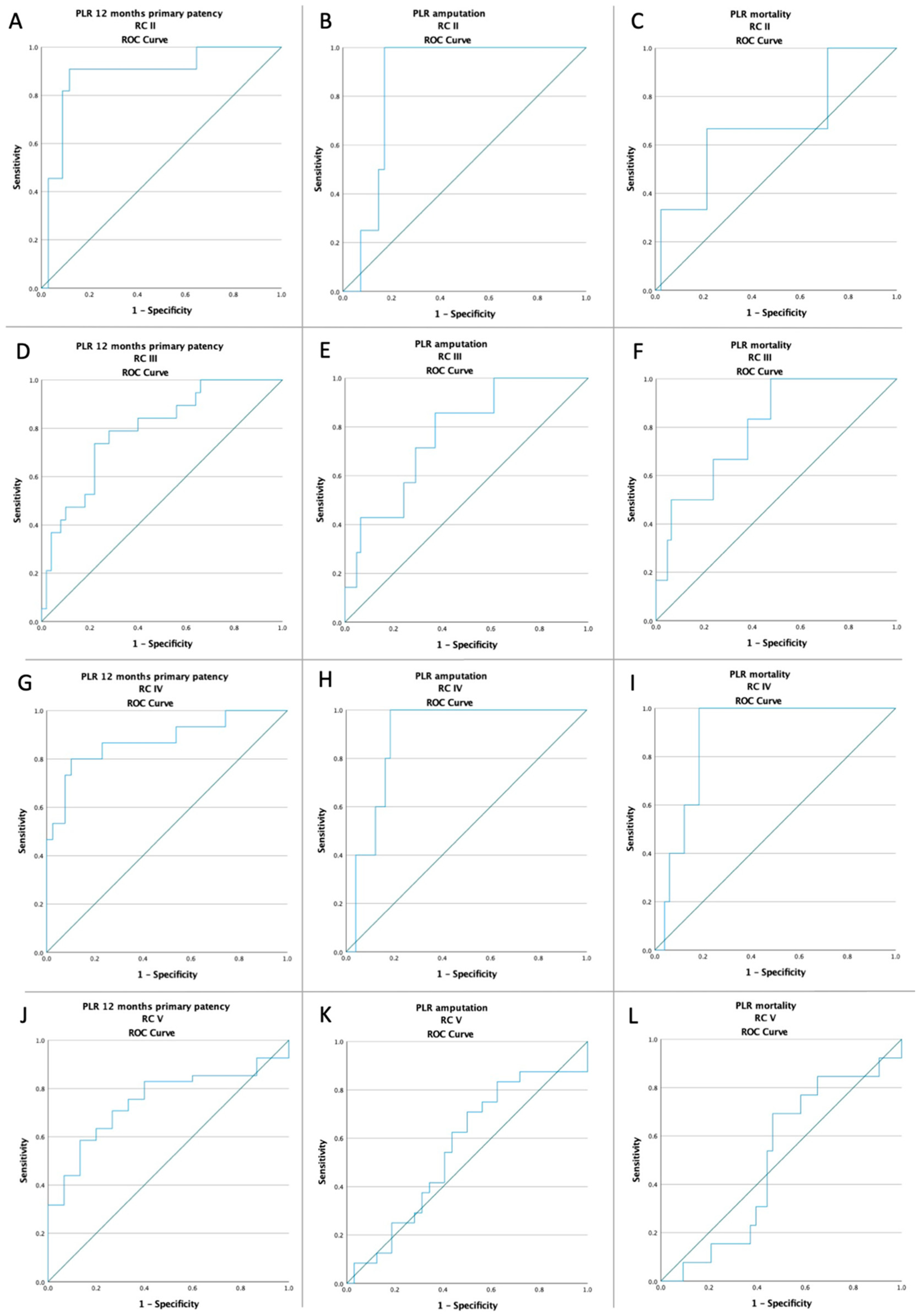
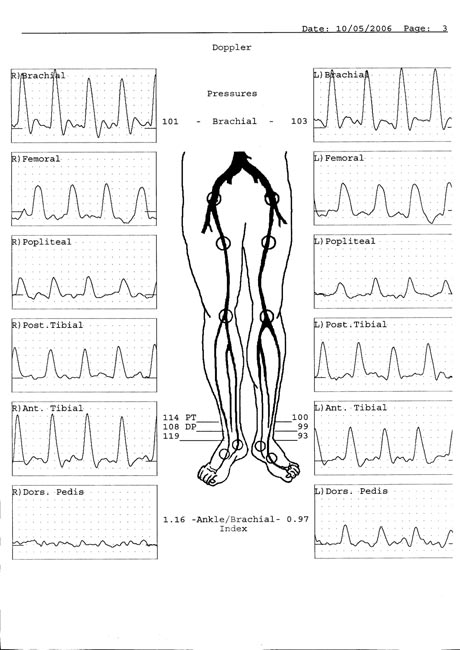


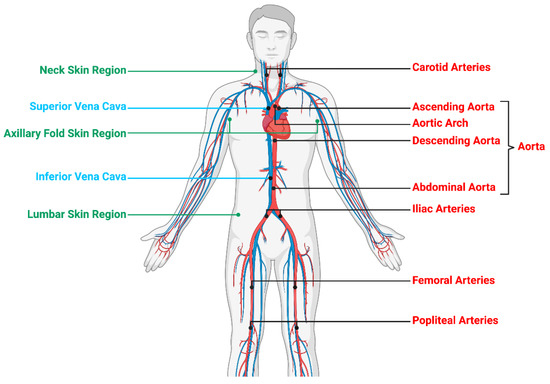


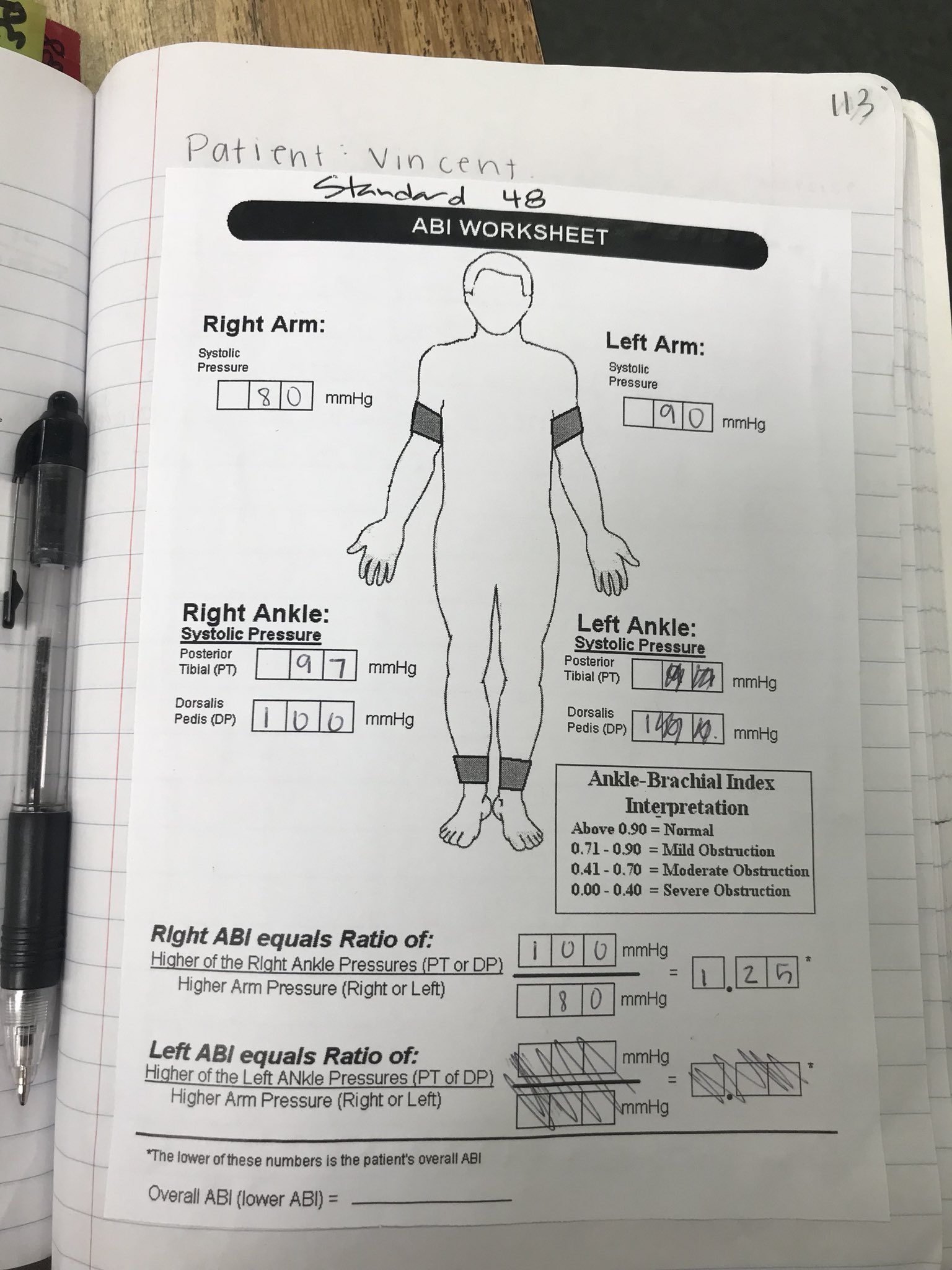





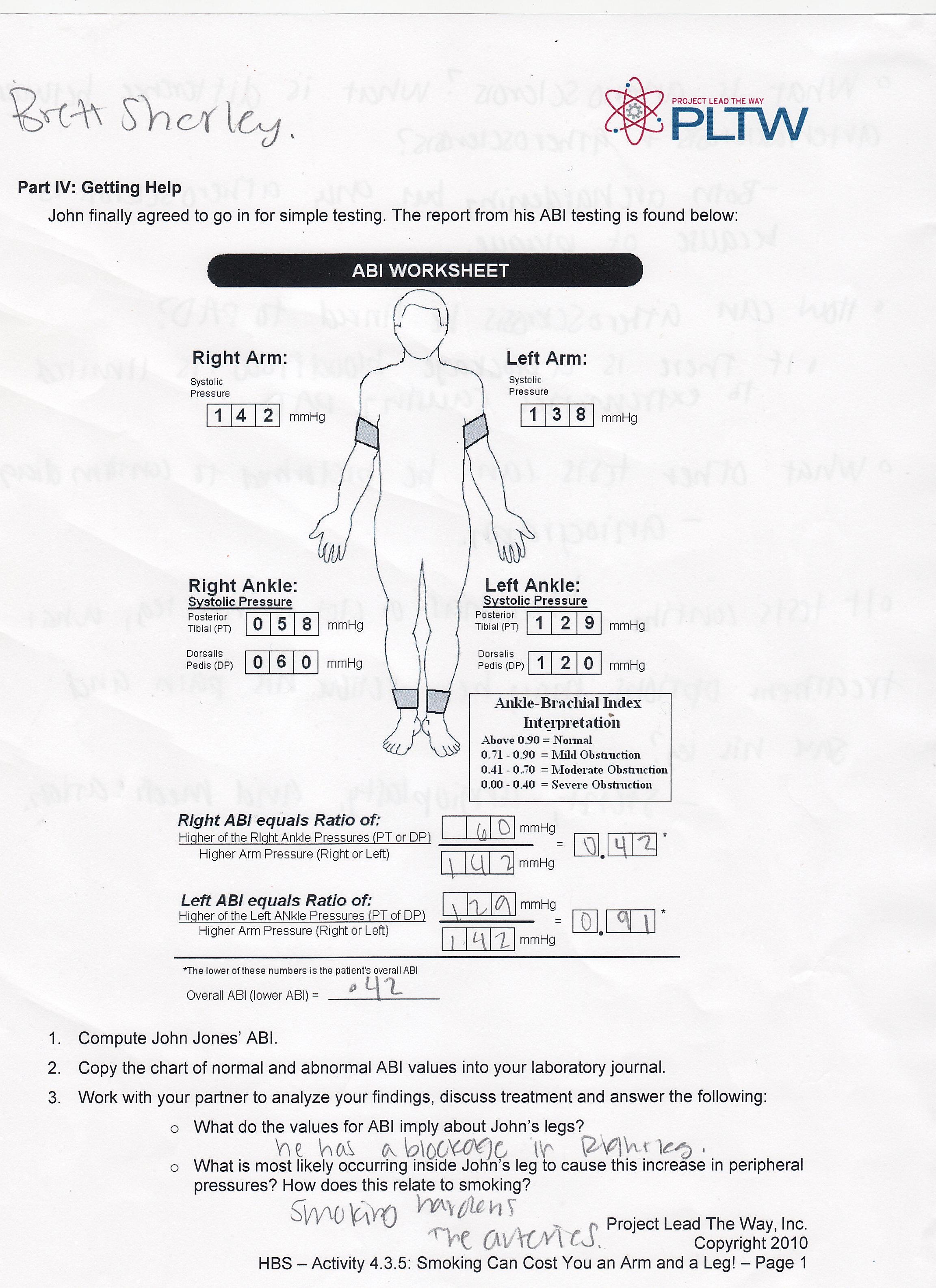



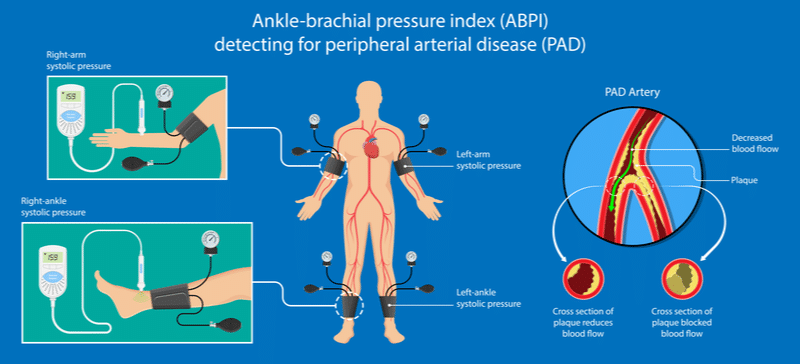





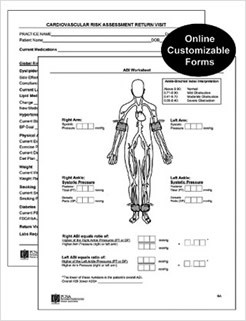


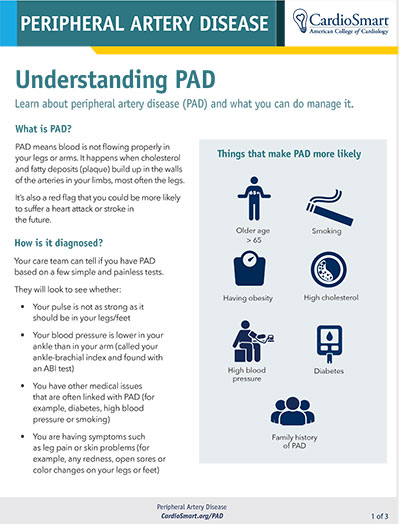
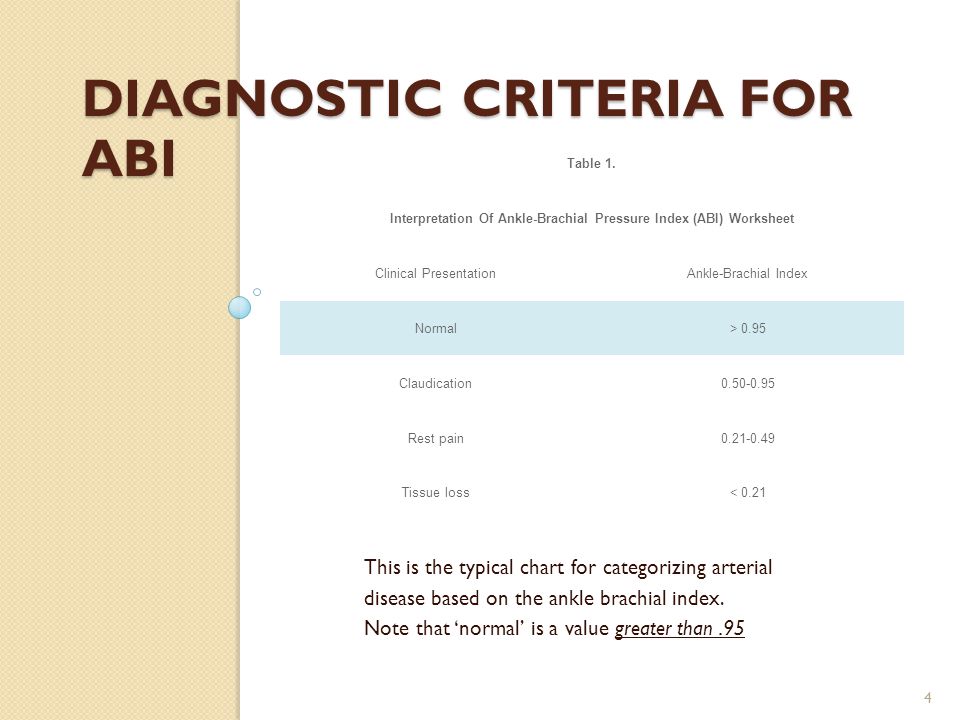
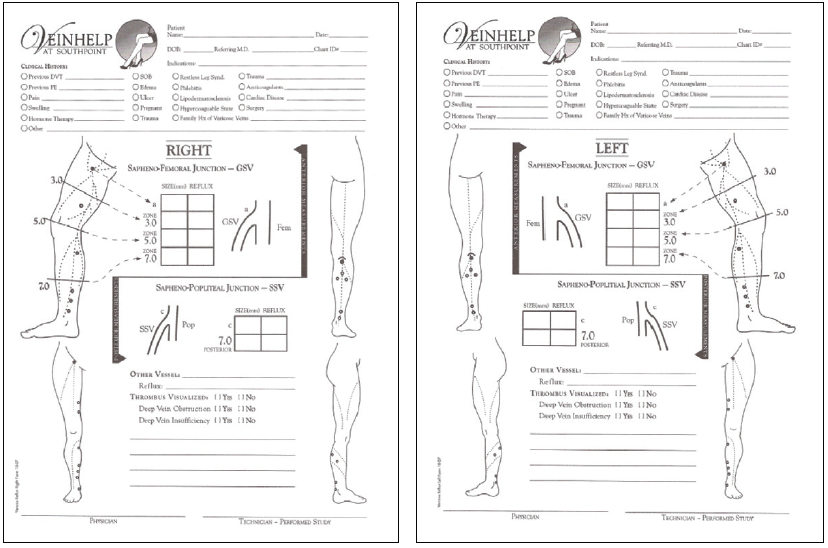
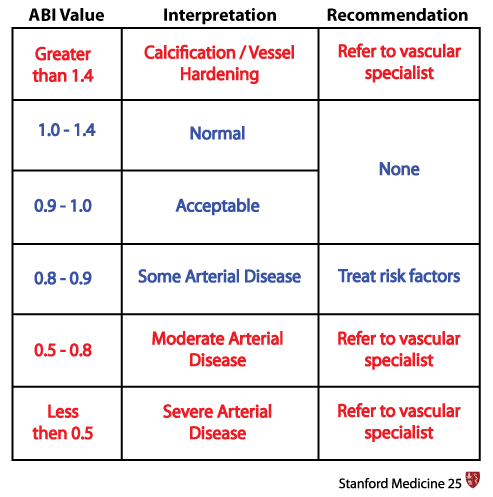

.gif)
0 Response to "42 ankle brachial index worksheet"
Post a Comment